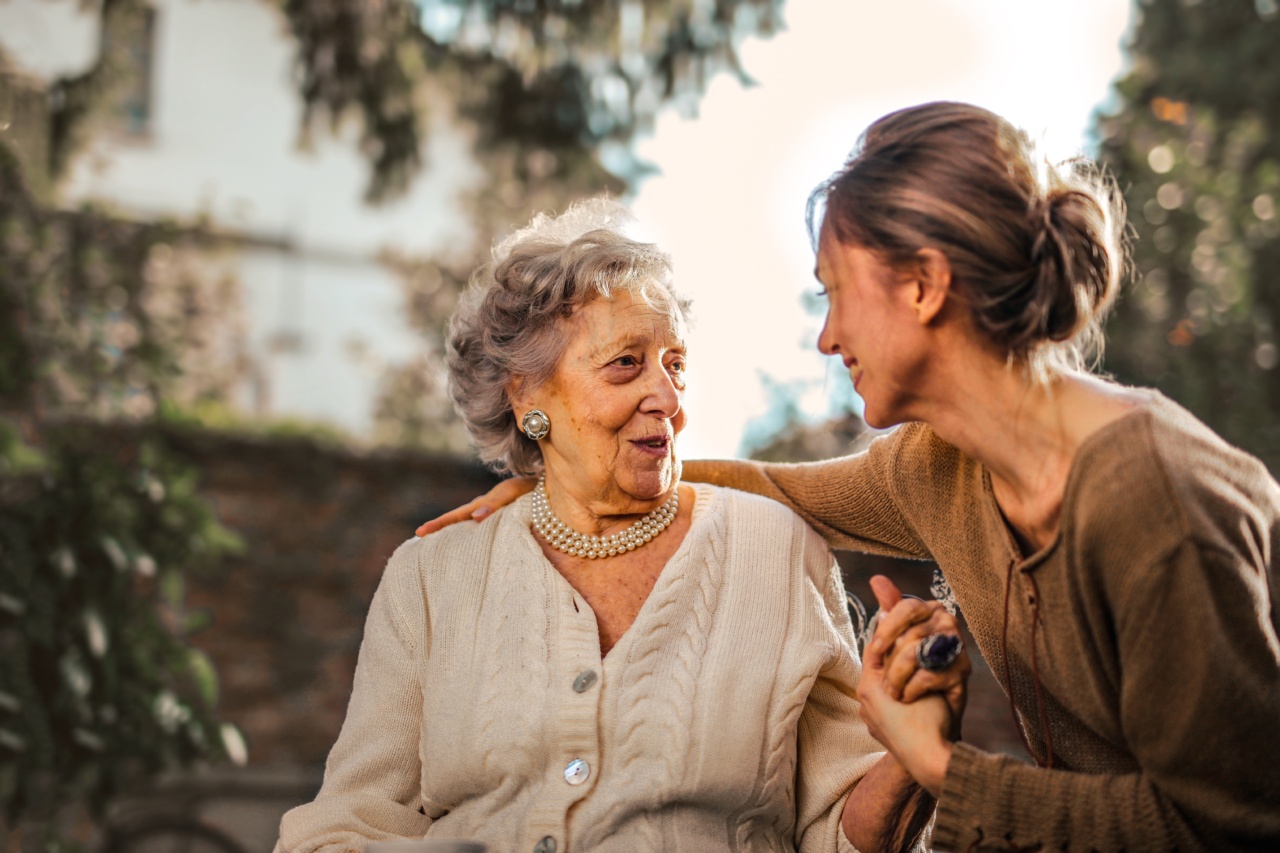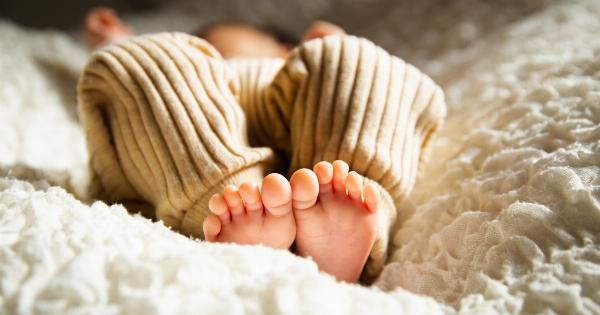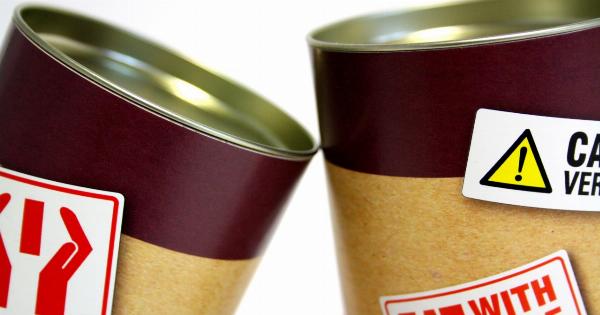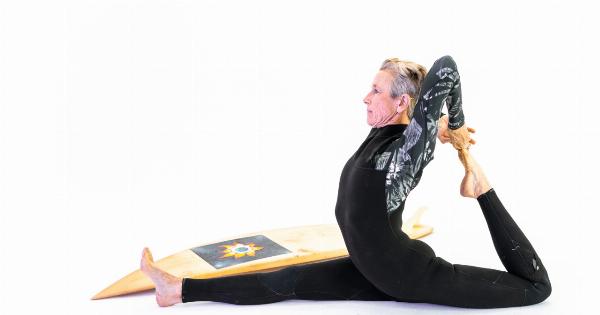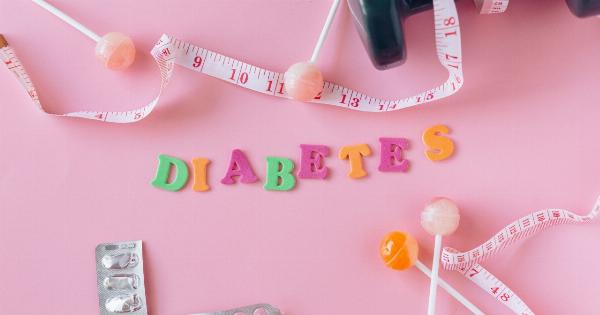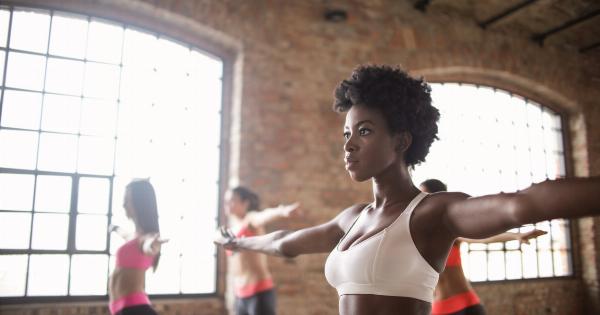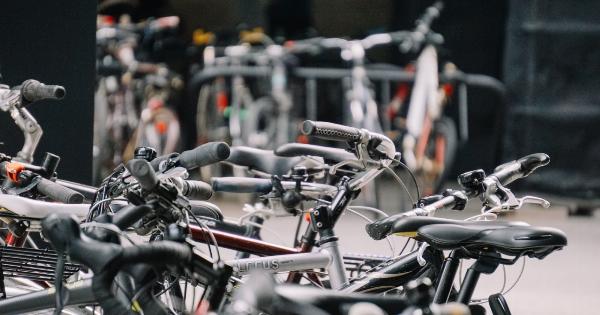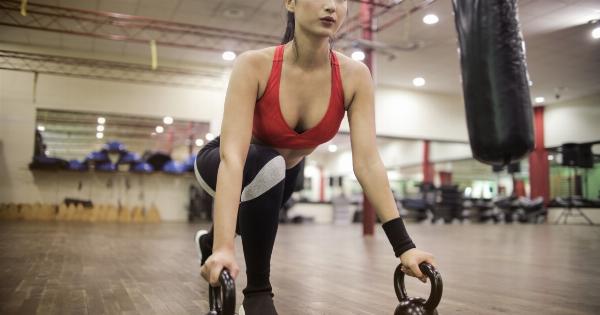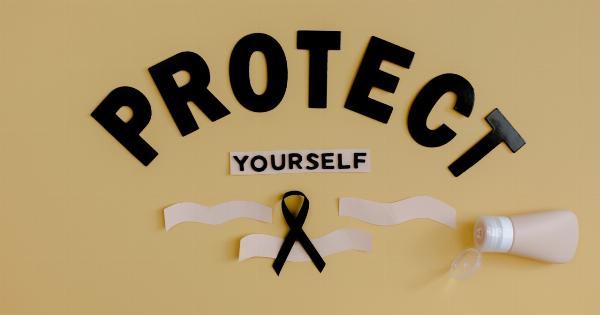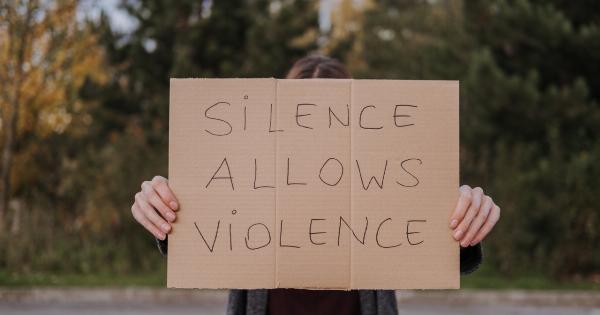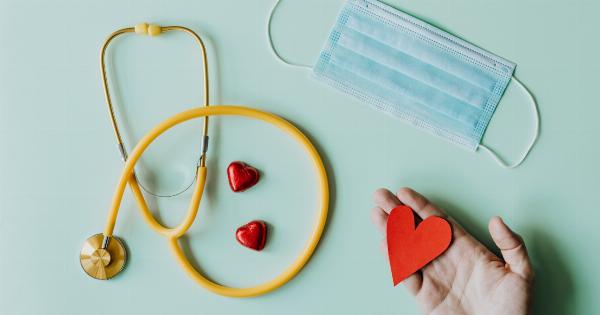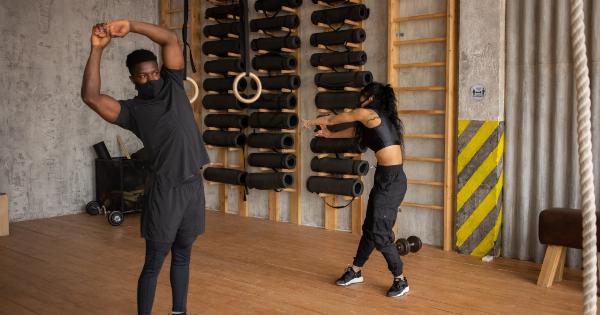Falls are a major concern for both men and women, particularly as they age.
According to the Centers for Disease Control and Prevention (CDC), falls are the leading cause of nonfatal injuries and hospital admissions for older adults in the United States. While falls can happen to anyone, there are several common causes that increase the risk of falls in both men and women. In this article, we will explore these causes and discuss strategies to prevent falls.
1. Muscle Weakness and Loss of Balance
One of the primary reasons for falls in both men and women is muscle weakness and loss of balance. As individuals age, they may experience a natural decline in muscle mass and strength. This can lead to instability and a higher likelihood of falling.
Additionally, age-related changes in the vestibular system, which is responsible for maintaining balance, can contribute to a diminished sense of equilibrium.
2. Medications
Medications play a significant role in falls among both men and women. Certain medications, such as sedatives, tranquilizers, and some antidepressants, can cause dizziness, drowsiness, and an unsteady gait.
It’s important to be aware of the potential side effects of medications and to discuss any concerns with healthcare providers.
3. Vision Problems
Vision impairment or deteriorating vision can increase the risk of falls in both genders.
Conditions such as cataracts, glaucoma, and macular degeneration can affect depth perception, peripheral vision, and overall visual acuity, making it challenging to navigate spaces safely. Regular eye check-ups and wearing appropriate corrective lenses can help minimize these risks.
4. Environmental Hazards
Many falls occur due to environmental hazards that can impact both men and women. Loose rugs, cluttered walkways, uneven stairs, inadequate lighting, and slippery surfaces can all contribute to falls.
It’s crucial to make homes and public spaces as fall-proof as possible by removing obstacles, installing handrails, improving lighting, and maintaining non-slip flooring.
5. Chronic Health Conditions
Various chronic health conditions, such as arthritis, osteoporosis, Parkinson’s disease, and stroke, can increase the risk of falls in men and women. These conditions may affect one’s balance, mobility, and coordination.
Managing these conditions and following recommended treatment plans, including physical therapy and assistive devices when necessary, can help reduce fall risk.
6. Poor Footwear
Wearing improper footwear is a common cause of falls in both genders. Shoes with high heels, slippery soles, or inadequate support can throw off balance and stability.
Opting for well-fitting shoes with non-slip soles and proper arch support can significantly reduce the risk of falling.
7. Lack of Physical Activity
A sedentary lifestyle and lack of regular physical activity can weaken muscles, reduce flexibility, and impair balance, increasing the risk of falls in both men and women.
Engaging in activities that promote strength, balance, and flexibility, such as walking, tai chi, or yoga, can help improve overall physical fitness and prevent falls.
8. Impaired Cognition
Cognitive impairments, such as dementia or Alzheimer’s disease, can contribute to falls in men and women. These conditions can affect judgment, spatial awareness, and attention, making it difficult to navigate surroundings safely.
Creating a safe environment, implementing memory aids, and providing supervision can help minimize fall risk in individuals with cognitive impairments.
9. Alcohol Consumption
Excessive alcohol consumption can affect coordination, reaction time, and judgment, significantly increasing the risk of falls in both genders.
Alcohol-related falls can be prevented by drinking in moderation or abstaining from alcohol altogether, particularly when engaging in activities that require balance and coordination.
10. Lack of Awareness and Education
Lastly, a lack of awareness about fall prevention strategies and resources can contribute to falls in both men and women.
Understanding the common causes and risk factors of falls, as well as implementing preventive measures, such as regular exercise, home modifications, and seeking healthcare advice, can help reduce the occurrence of falls.
Conclusion
Falls are a significant concern for both men and women, and understanding the common causes can help individuals and healthcare professionals take appropriate preventive measures.
Muscle weakness and loss of balance, medications, vision problems, environmental hazards, chronic health conditions, poor footwear, lack of physical activity, impaired cognition, alcohol consumption, and lack of awareness all contribute to fall risk. By addressing these causes and implementing preventive strategies, such as exercise, home modifications, and medication reviews, individuals can reduce their risk of falls and maintain their independence.
